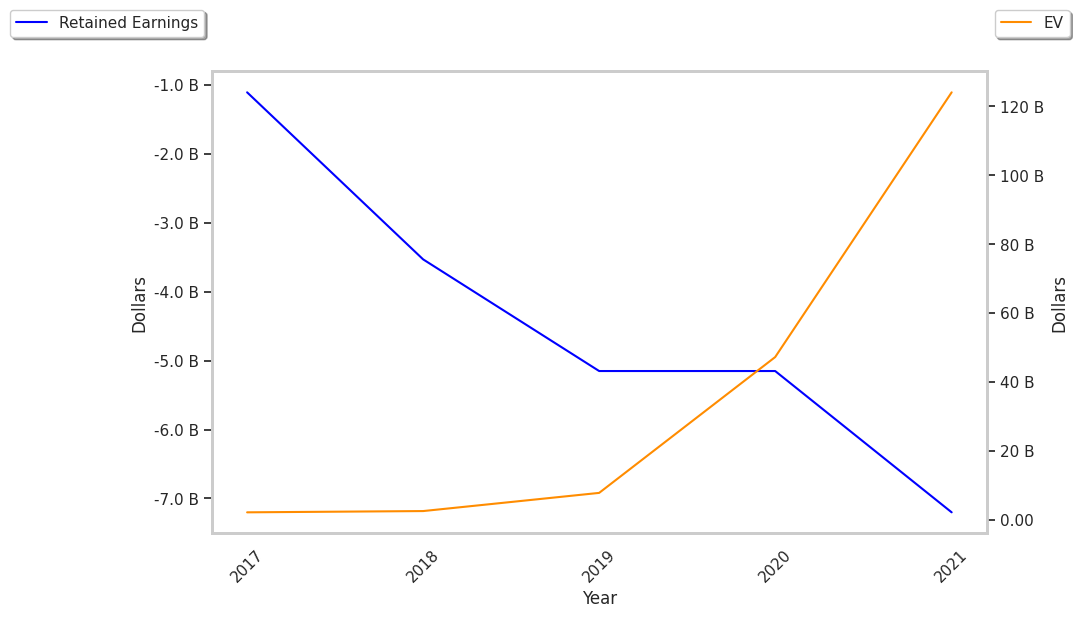Staffing & Employment Services company Sea is standing out today, surging to $165.98 and marking a 3.7% change. In comparison the S&P 500 moved only 1.0%. SE is -18.89% below its average analyst target price of $204.64, which implies there is more upside for the stock.
As such, the average analyst rates it at buy. Over the last year, Sea shares have outperformed the S&P 500 by 47.7%, with a price change of 61.5%.
Sea Limited, through its subsidiaries, operates as a consumer internet company in Southeast Asia, Latin America, the rest of Asia, and internationally. The company is a consumer cyclical company, whose sales figures depend on discretionary income levels in its consumer base. For this reason, consumer cyclical companies have better sales and stock performance during periods of economic growth, when consumers have more of an incentive to spend their money on non-essential items.
Sea's trailing 12 month P/E ratio is 85.6, based on its trailing EPS of $1.94. The company has a forward P/E ratio of 28.6 according to its forward EPS of $2.11 -- which is an estimate of what its earnings will look like in the next quarter.
As of the third quarter of 2024, the average Price to Earnings (P/E) ratio for US consumer discretionary companies is 20.93, and the S&P 500 has an average of 29.3. The P/E ratio consists in the stock's share price divided by its earnings per share (EPS), representing how much investors are willing to spend for each dollar of the company's earnings. Earnings are the company's revenues minus the cost of goods sold, overhead, and taxes.
To better understand the strength of Sea's business, we can analyse its operating margins, which are its revenues minus its operating costs. Consistently strong margins backed by a positive trend can signal that a company is on track to deliver returns for its shareholders. Here's the operating margin statistics for the last four years:
| Date Reported | Total Revenue ($ k) | Operating Expenses ($ k) | Operating Margins (%) | YoY Growth (%) |
|---|---|---|---|---|
| 2024 | 16,819,866 | 6,542,936 | 4 | 100.0 |
| 2023 | 13,063,560 | 5,608,869 | 2 | 116.67 |
| 2022 | 12,449,705 | 6,672,785 | -12 | 25.0 |
| 2021 | 9,955,190 | 5,478,795 | -16 | 46.67 |
| 2020 | 4,375,664 | 2,652,230 | -30 | 26.83 |
| 2019 | 2,175,378 | 1,496,152 | -41 |
- Average operating margins: -15.5 %
- Average operating margins growth rate: 1.9 %
- Coefficient of variability (lower numbers indicate less volatility): 275.02 %
Sea's financial viability can also be assessed through a review of its free cash flow trends. Free cash flow refers to the company's operating cash flows minus its capital expenditures, which are expenses related to the maintenance of fixed assets such as land, infrastructure, and equipment. Over the last four years, the trends have been as follows:
| Date Reported | Cash Flow from Operations ($ k) | Capital expenditures ($ k) | Free Cash Flow ($ k) | YoY Growth (%) |
|---|---|---|---|---|
| 2024 | 3,277,420 | 318,153 | 2,959,267 | 61.0 |
| 2023 | 2,079,688 | 241,605 | 1,838,083 | 192.84 |
| 2022 | -1,055,692 | 924,178 | -1,979,870 | -251.33 |
| 2021 | 208,649 | 772,177 | -563,528 | -356.62 |
| 2020 | 555,868 | 336,274 | 219,594 | 229.19 |
| 2019 | 69,865 | 239,844 | -169,979 |
- Average free cash flow: $383.93 Million
- Average free cash flown growth rate: 160.2 %
- Coefficient of variability (lower numbers indicating more stability): 0.0 %
Free cash flow represents the amount of money that is available for reinvesting in the business, or for paying out to investors in the form of a dividend. With a positive cash flow as of the last fiscal year, SE is in a position to do either -- which can encourage more investors to place their capital in the company.
Another valuation metric for analyzing a stock is its Price to Book (P/B) Ratio, which consists in its share price divided by its book value per share. The book value refers to the present liquidation value of the company, as if it sold all of its assets and paid off all debts.
Sea's P/B ratio indicates that the market value of the company exceeds its book value by a factor of 10, so the company's assets may be overvalued compared to the average P/B ratio of the Consumer Discretionary sector, which stands at 2.93 as of the third quarter of 2024.
Sea is by most measures fairly valued because it has a higher P/E ratio than its sector average, a higher than Average P/B Ratio, and generally positive cash flows with an upwards trend. The stock has poor growth indicators because it has a an inflated PEG ratio and weak operating margins with a stable trend. We hope you enjoyed this overview of SE's fundamentals.



